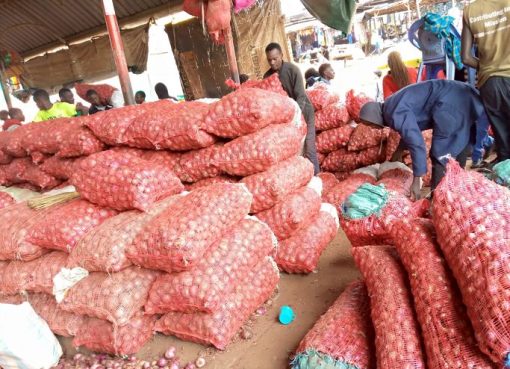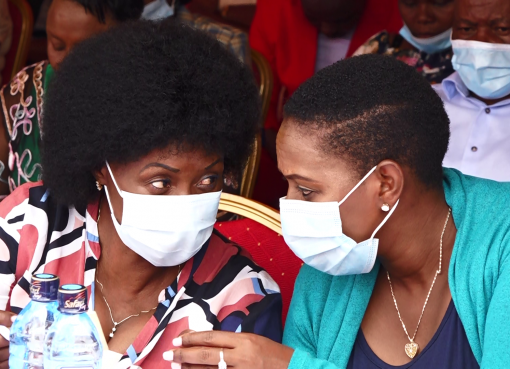At least 667 households are set to be connected to the national grid following the launch of an Sh75.2 million electrification programme that will be facilitated through a partnership between the Busia County Government and Rural Electrification and Renewable Energy Corporation (REREC).
Within the partnership, the County Government has committed Sh40.2 million with Rerec matching the fund to the tune of Sh35 m to light up 24 schemes in Samia, Matayos, Teso North, Teso South, and Butula Sub counties within the next three weeks.
In his address to the press during the unveiling of the shilling–for–shilling collaboration, Busia Governor Paul Otuoma said that the project would see 667 households connected with electricity.
“We still have got many areas to cover,” he said appreciating the National government through REREC for the Sh360 million projects they were intending to support in the County within this financial year.
Otuoma urged other counties to come on board to collaborate with the National government through REREC so that they could be connected to the grid.
“This is because we are coming up with Industrial Parks and Export Processing Zones which require energy,” he said adding that the rural areas which wanted to carry aggregation through value addition also required energy.
The governor further said that there was a need to develop skills among youth in vocational training centres hence the need for electricity and renewable energy.
“Ward-based economic revitalization cannot take place without energy,” he said adding that the blue economy that was a flagship project for the County also required reliable energy.
Otuoma urged the residents to protect and own the government-funded projects so that they could serve the intended purpose.
“We don’t want our transformers to be vandalized. We don’t want illegal connections,” he said adding that such activities made the County lag.
He at the same time appealed to REREC to liaise with the Kenya Power Company and fast-track the metering process immediately after a scheme is connected to the grid.
“So we will be looking forward to seeing whether a collaborative effort can be developed between REREC, KPLC, and the Counties to ensure that once the project is completed, the metering process should not take too long for people to start using electricity,” he said.
The governor further said that the Department of Energy especially the technical team would in the future be involved in the entire process to ensure ownership.
“We want County officers to be accountable for the project because both the County and National Government have injected some money into the project,” he said.
REREC Acting General Manager for Information, Education, and Communication Mrs. Beatrice Njuguna expressed the corporation’s commitment to the partnership with the counties and constituencies adding that the move would help accelerate electrification in the country.
Mrs. Njuguna reiterated that Busia has injected Sh40 million into the project while the corporation has matched it with Sh35 million,” she said adding that the corporation will be undertaking a project worth Sh75 million.
“We have other Counties which have come forth for the matching programme like Kiambu, Uasin Gishu, Makueni among others,” she said adding that REREC is also implementing another project worth Sh360 million in Busia County.
The benefitting wards include Nambuku/Namboboto, Bwiri, Busibwabo, Bukhayo West, Angurai East, Angurai South, Malaba North, Malaba Central, Amukura West, Chako North and Marachi West.
The schemes involve primary school electrification, mini-grid development, electrification of markets and water points, dispensaries, network boosters, churches, and other public facilities.
Since 2016/2017 FY, Rerec has implemented 116 schemes and connected over 2,200 households.
Until 2021 a total of Sh143m had been committed by the county government with Rerec matching with Sh136m to tally the project cost at Sh292m.
Further, the county government has already committed Sh53 m in the Financial Year 2023/24 to expand the project that is currently at the design stage.
By Salome Alwanda and Victoria Magar





